Electricals
This section provides an introduction to basic electrical installation skills used in construction.
Career as an Electrician - click here
Apprentice Electrician - click here
The resources we provide on this page are linked to our Mobile Construction Classroom teaching. The links to videos and existing websites are provided recognising their ownership and responsibility for the content.
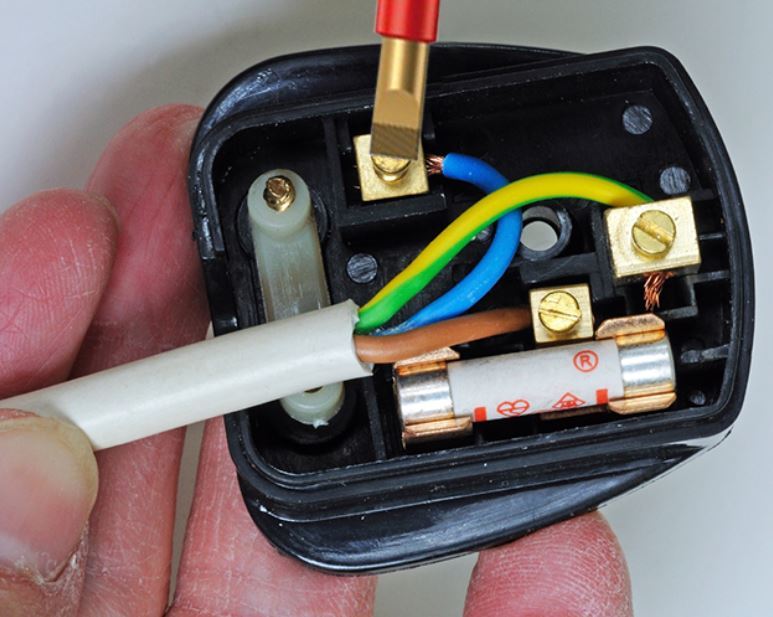
Resources for Learning
Electrical Installation in Construction
An electrical installation is a combination of electrical equipment installed from a common electrical supply to fulfill a particular purpose. Within the construction industry it is vital for all elements of a building including lighting, lifts or moving staircases, alarm systems, air-conditioning and ventilation systems etc. In addition, it provides the plugs for a whole host of items in use throughout a building once occupied from computers to kettles!
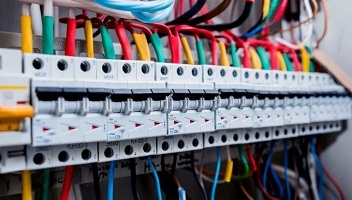
Electrical installation will involve the physical installation of electrical wiring systems onto and within the building structure. Testing or wiring systems (usually for insulation resistance and to check for any damage). That is to say it is the installation of electrical equipment and its connection to the power supply.
Within this unit of study you will be looking at simple electrical circuits, lighting and sockets.
Tools
The basic tools used by electricians include the following. When working with electricity it is important to check that these tools are insulated ie. that they can be safely held and worked with.
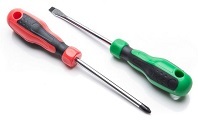
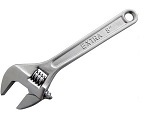
Screwdriver - used to tighten or remove a screw for example in the installation of a plug or socket. There are two main types: slotted with a flat head and a philips screwdriver which has a cross head.
Wrench - electricians will usually use an adjustable wrench to tighten the nuts on elecrical fittings.
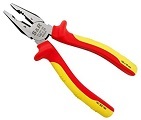


Wire strippers - used to strip with plastic coating from a cable.
Digital Multimeter - to check that an elecrical circuit is complete.
Remember you will need to think about what PPE you will need for the work you are doing, find out more here
Materials
The following are the materials you will be using in this unit:
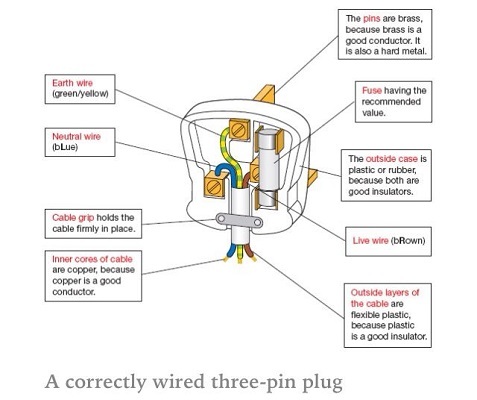
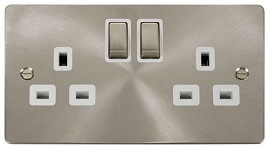
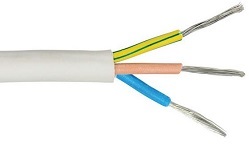
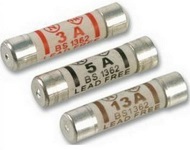


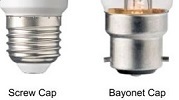
Plug - a device for making an electrical connection between an appliance and the mains, consisting of an insulated casing with metal pins that fit into holes in a socket. It is important to learn how to wire the plug correctly.

Socket - is fitted in the wall to receive a plug that makes an electrical connection with electrical supply wiring.

Electrical Cable - there are three wires in the cable which are each insulated so they don't touch each other. They are then carried in a PVC protective insulation. The wires are colour coded: Brown - live, Blue - neutral, Yellow/Green - earth. Cables are different sizes for different tasks dependent on the use, for example mains cables are bigger than those used for a lamp.

Fuses - is an electrical safety device that operates to provide overcurrent protection of an electrical circuit. So if there is an excess of current the fuse will 'blow' and cut the electric supply to the circuit or device. They are fitted into plugs and fuse boxes and have different ratings.

Light Bulb - a glass bulb inserted into a lamp or a socket in a ceiling, which provides light by passing an electric current through a filament or a pocket of inert gas. Increasingly it is energy saving light bulbs that are used.



Techniques
The most important thing before starting any electrical work is safety! You will learn about isolating the power supply and working with the correct tools to prevent electric shocks while you work.
The basic techniques for installing an electrical circuit are:
- isolate the power supply by ensuring that the power is switched off,
- mark out the circuit you wish to install - you will normally use a board on which to do this in the session,
- position and fix the components such as sockets and switches,
- measure the cable lengths needed between each element of the circuit,
- strip the ends of the cables and wires for installation,
- fix the wires to the component peices ensuring the correct connections for each type of wire - earth, live and neutral,
- check connections and test the system.
A basic ring circuit:
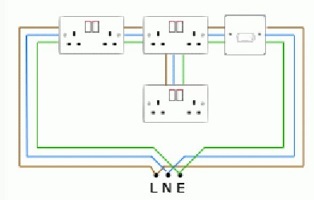
Lighting Circuits in series and parallel:
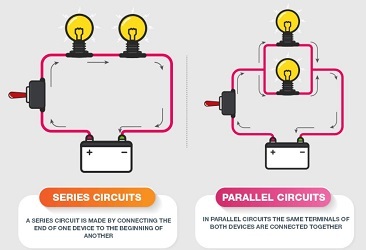
Watch this video which explains what an electric circuit is - click here
Watch this video on how to wire a plug - click here
Contact Us




